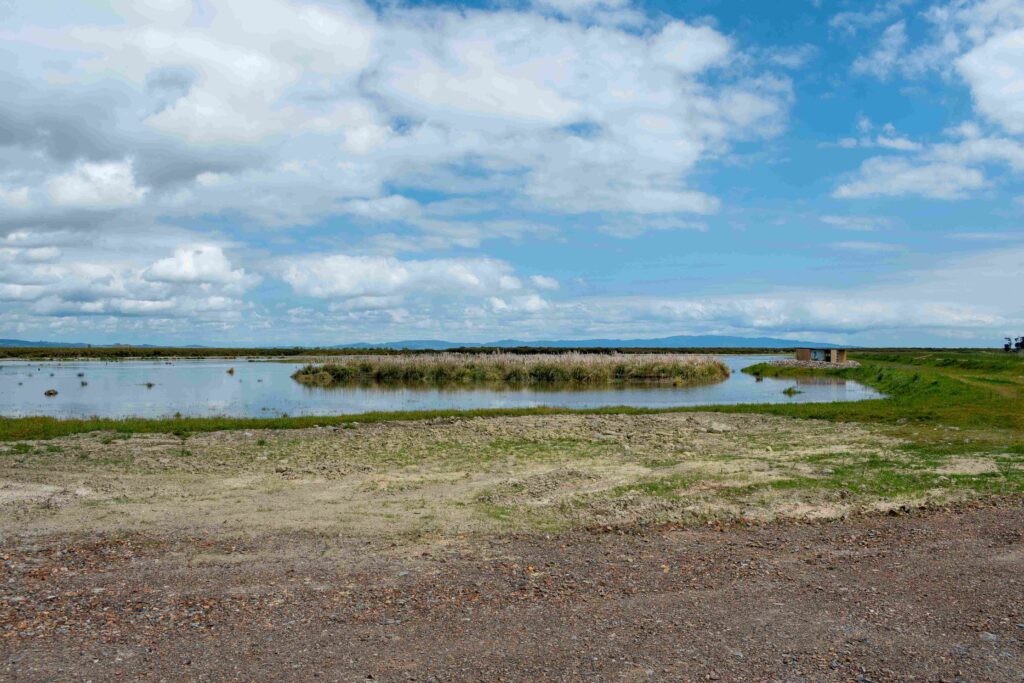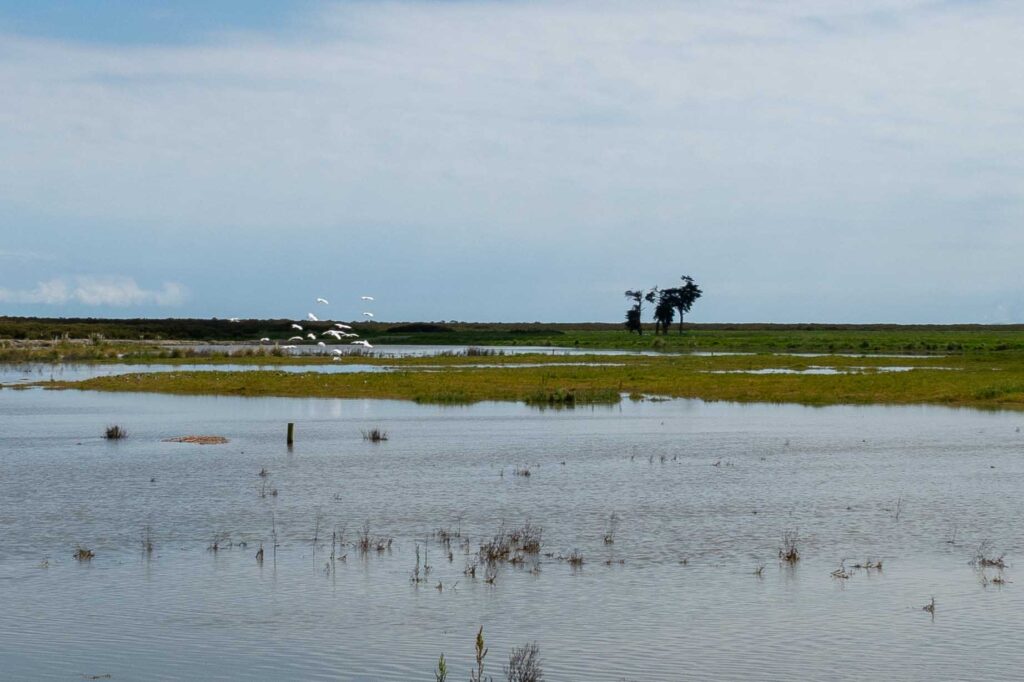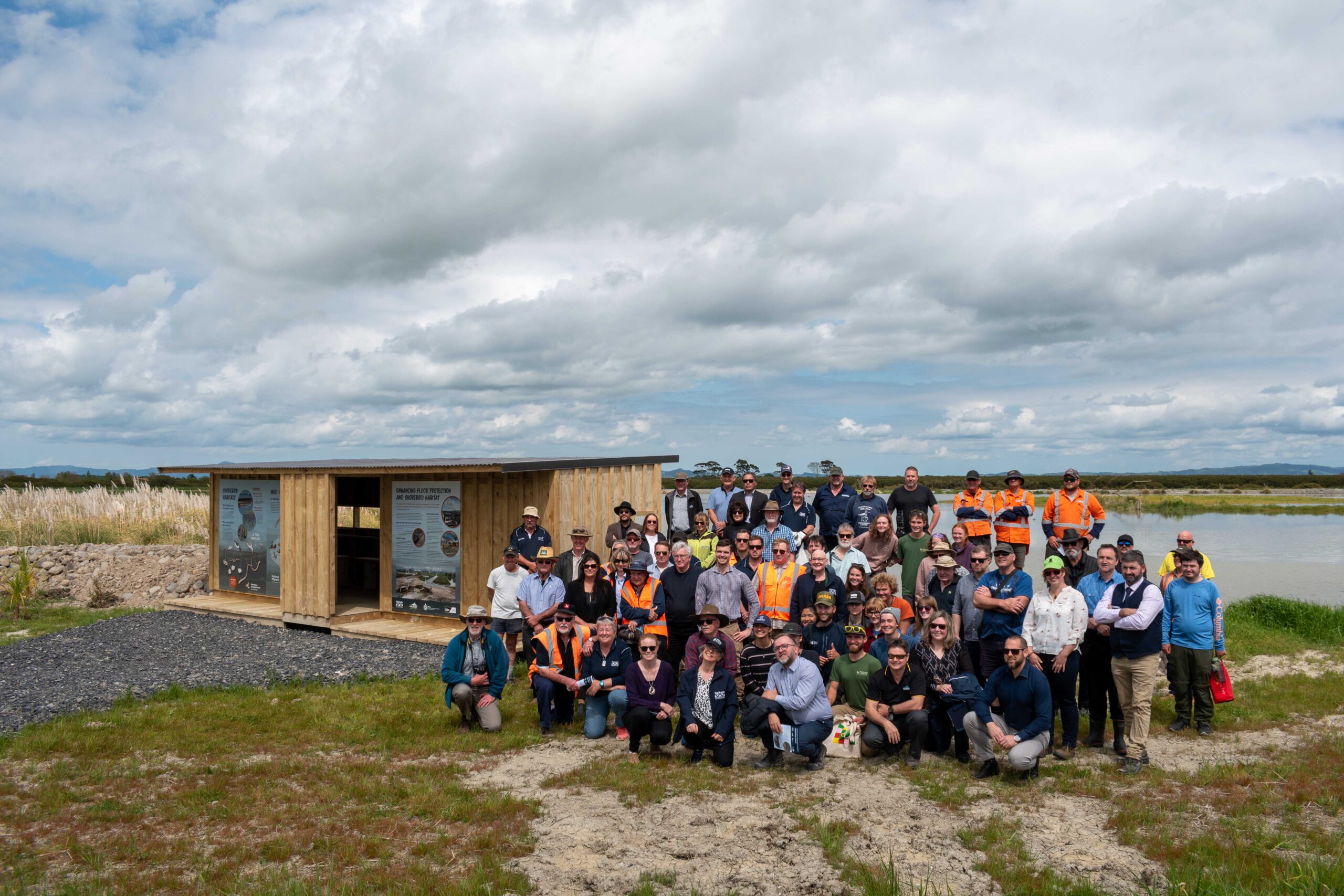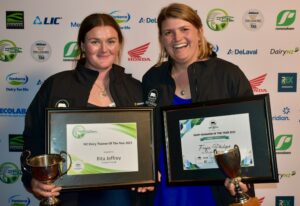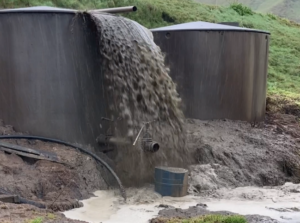The sun was shining for the official opening of a new $8 million flood protection asset on Shelly Beach Rd in Pipiroa on October 21, and the local shorebirds were already making use of the environmentally-friendly structure.
The project, officially known as the Piako River Mouth Right Stopbank Asset Rationalisation project, is one of the Waikato Regional Council’s (WRC) “shovel-ready” environmental projects funded by the government in the wake of Covid-19.
Its construction saw three ageing floodgates replaced by one single structure, with the aim of reducing replacement and ongoing operation and maintenance costs, while still protecting around 850 hectares of communities and agricultural land in the area.
However, flood protection was not the sole consideration for the project. The new floodgate is located in an area of significance due to its proximity to two Ramsar wetlands, one in the Firth of Thames, and the other at the Kopuatai Peat Dome. So along with the floodgate, the project also includes a 10ha wetland habitat with a large island, suitable for the wading birds and shorebirds of the area to seek refuge during flood events. The island is surrounded by a tide-controlled flood overflow area, and there is an inlet drain which allows fish to seek refuge in the pond during drought conditions.
The wetland sits alongside the Hauraki Rail Trail, and the inclusion of a purpose-built bird hide looking over the island means the site is now also an asset for the public to enjoy and explore.

Council chair Pamela Story said the project, which has taken three years to complete, was an example of council’s move towards a more environment-conscious and future-proofed approach to flood protection infrastructure.
“I think it’s a great way to integrate meeting the service standards that are expected around flood and drainage, but also recognising that we can provide a really positive impact and habitat for our native species as well,” she said.
“Importantly, this project speaks to the approach our council is taking to climate change, delivering solutions that ensure we are more easily able to accommodate the predicted changes in sea level and rainfall… Collectively, we are addressing critical flood infrastructure replacement, we’re enhancing and protecting important habitats for nationally and internationally significant bird life, we’re creating a refuge for fish during drought conditions, and we’re supporting jobs for local people.”
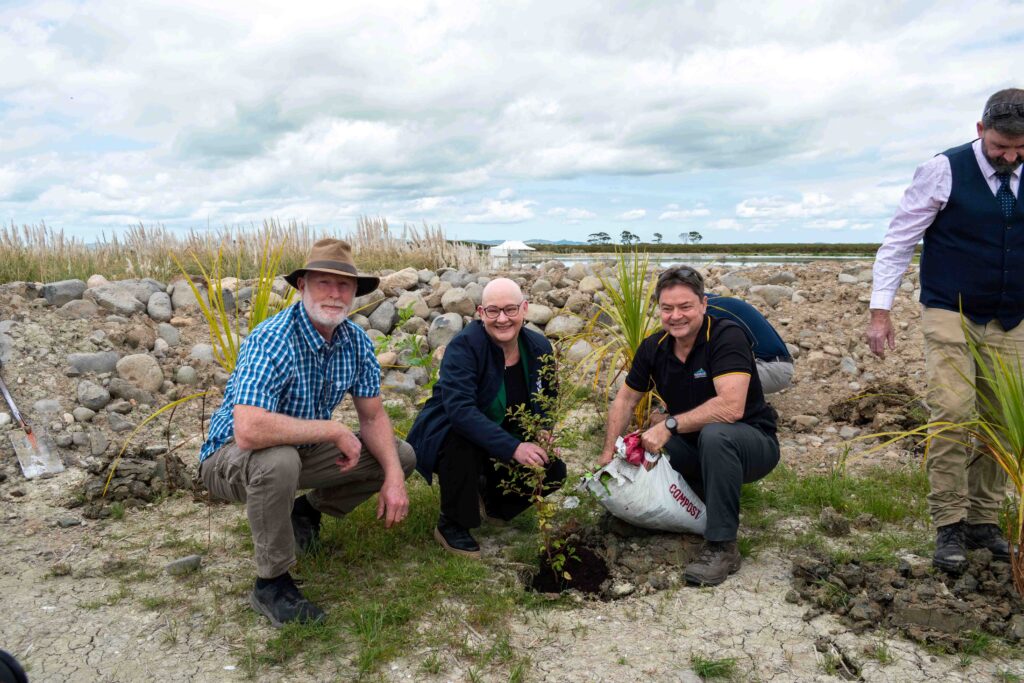
roject manager Grant Ockleston said the new island would eventually be surrounded by mud as the tides pushed sediment into the flood overflow pool, creating an ideal shelter for the feathered inhabitants of the nearby firth.
“We built a roost habitat for almost twice the number of birds that are in the Firth of Thames – we needed about 3000 square metres of roost island, and we’ve built 5000 square metres.
“We hope that the species that are in decline or threatened can thrive in an environment like this,” he said.
“It’ll have water around it, so that they’re free from predators. Because there’s no vegetation, that’s exactly what the shorebirds want because that’s where they feel safe. We hope that it gets crowded after a while, because if it does, it means we’ve done our job.”
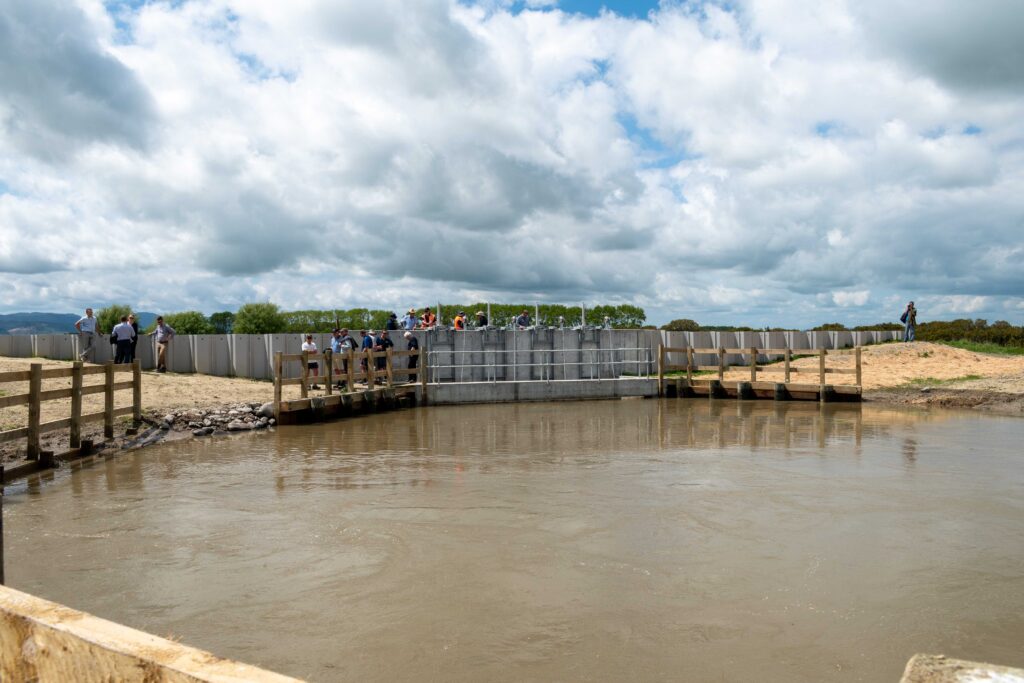
The Pūkorokoro Miranda Shorebird Centre was also delighted by the project outcome, centre manager Keith Woodley said.
“The council commissioned us to design and build a hide and to do the signage for it, and of course we were delighted to do that because anything advocating for shorebirds in their habitats, that’s right up our alley,” he said.
“We’re delighted with this. And it still needs further work to make it a good shorebird roost, we need to be able to get all this vegetation controlled.
“But we hope in the next year or two that we’ll manage to achieve that. And it’ll be just fantastic.”
The regional council received $2.6 million from the Ministry of Business, Innovation and Employment’s climate resilience programme; $250,000 from the New Zealand Lottery Commission’s environment and heritage fund; and $35,000 from Hauraki District Council towards the project. The remaining funding was contributed by ratepayers of the Piako River scheme, and wider Waikato region.
